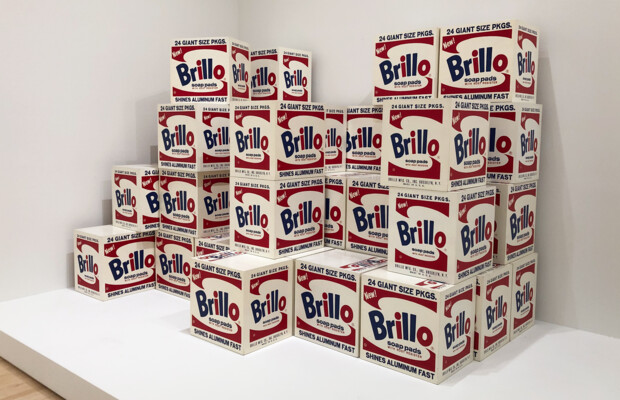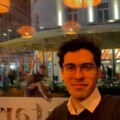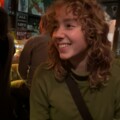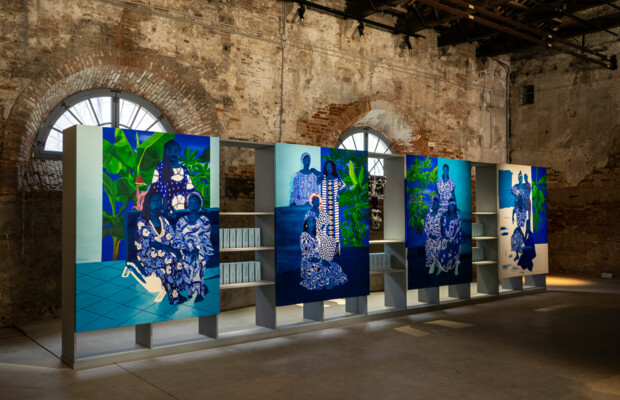The modern plasticity of being
Artist Dimitris Voyiazoglou and curator Leah Gennaraki discuss the dichotomy of personal fulfillment and (digital) performativity in being an artist.
In the context of his participation in the Nereids & Naiads exhibition, I had the opportunity to talk with Dimitris Voyiazoglou, an artist and passionate sea and nature lover. Dimitris was born and raised in Athens, Greece. Although art has always been his refuge, he worked as a patent examiner at the European Patent Office in Rijswijk, the Netherlands. Currently, he is following the example of many of his teachers and mentors, traveling across Europe (and beyond), painting and experiencing the bonded, competitive yet empowering community of the art world. Together, we discussed the impact of making art on oneself, art as a profession versus an escape, and what it means to be an artist in our day and age.
Art as modern catharsis
The concept of employed creativity as purgative is nothing new to anyone familiar with the biographies of at least two or three artists. Artistic souls indulge in creating in pursuit of catharsis. However, sooner or later, the mere materialization of their creative labor isn’t enough. In need of either time, which within capitalism can only be “bought”, or positive reinforcement, the ultimate form of which, in the current state of our society, is financial, artists start longing for their passion to also become their full-time profession.
In a capitalist society, where creativity is caught in a perpetual game of tag with profit, Dimitris Voyiazoglou found a life raft in an ocean of bureaucratic procedures, a refuge from the fast-paced and sterile modern life, all in the act of making art.
I survived as a civil servant for several years because, during my lunch, I would go outside and paint. That kept me alive. I could handle being in the office eight hours a day because, for one and a half hours, I would go outside and paint.
For Dimitris, making art was his escape from the mind-numbing, creatively deprived nine-to-five. What is particularly interesting, nonetheless, is his separation of making art and making a living. Unlike most artists trying their best to fit their art in the capitalist mold of commodification, Dimitris found an escape from the capitalist expectation of acting solely in pursuit of financial earnings.
Art seems to function for Dimitris as a deliberate opportunity for introspection. Yet, in the process of following his personal, solitary path to catharsis, Dimitris also uses (values?) his asynchronous interaction with the observer of his art. While creating is, in and of itself, the sweet release of creative angst, there’s something to note in the interactivity between artist and audience and, for the latter to occur, an audience is required. But how does one reach out and find it?
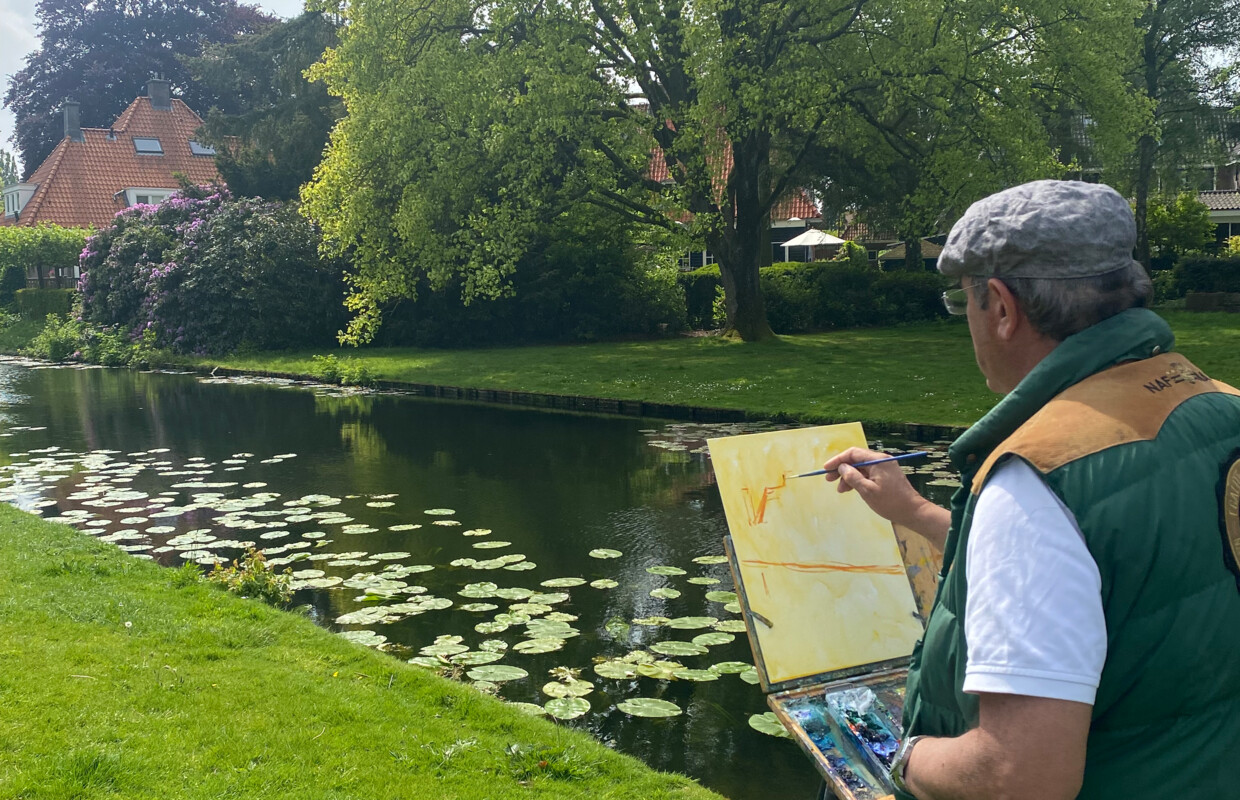
The painter, the author, the performer
In “What Is An Author?” Michel Foucault claims that the title of authorship belongs to the person or function that assists and characterizes “the existence, circulation, and operation of certain discourses within a society” (Foucault, 1977, 124). Within this definition, many creative occupations can fit, sprout and bloom, including that of the artist. Through their art, this metaphorical author gives shape and form to discourses as they reflect and remediate the ideological frame of society. Nonetheless, for that to happen, the artist needs to be acknowledged as one, and their art must be shared with the general public. This acknowledgement is what prevents “a reference, a reminder of an appointment, an address, or a laundry bill” found in a random notebook from being included in “the complete works of Nietzsche” (Foucault, 1977, 118), and it is what would prevents an artist’s random doodle left forgotten in a drawer from being displayed in (or even discovered by) a museum.
In his interview, Dimitris stressed the importance of not only being an artist but also being seen as one. He emphasizes his own experiences as an artist and his desire to appeal to emotions deeply embedded in the cultural fabric of society and the universality of human experiences with nature, each other and oneself. His participation in discourse is his attempt to reconnect the viewer with the universality of human experiences, the nostalgia that transcends generations, ethnic differences and national borders. More, he believes that the artist function exists beyond the completion of artworks. For Dimitris, being an artist implies plasticity. Navigating the world as an artist seems to be a form of therapeutic theatrical performance.
As an artist, you want people to appreciate your art. You work hard and you want to let people see it. We need the applause. It’s inherent in every art form.
Driven by the duality of the visual artist, Dimitris stresses the significance of sharing one’s art with others. In the age of the “digital imposter syndrome” (Marriott, 2021, 33), he is encouraging young artists to talk about their work, be proud of their milestones from the very beginning, work hard and appreciate the fruits of their creative labor. If Foucault taught us anything, it’s that the painter becomes the author of their creations only when they “allow” for them to have an audience. Online tools play a crucial role in the dissemination of art, the discovering new opportunities and participating in the cultural and artistic scene, both locally and internationally. In our conversation, he recalls his first steps as an artist exploring the digital world and making connections with other creatives, gallerists and curators.
I believe in digital interactions with curators, museums and other parties. If you’re an artist, you should not really hide what you do. Because then, you know, no one will see it.
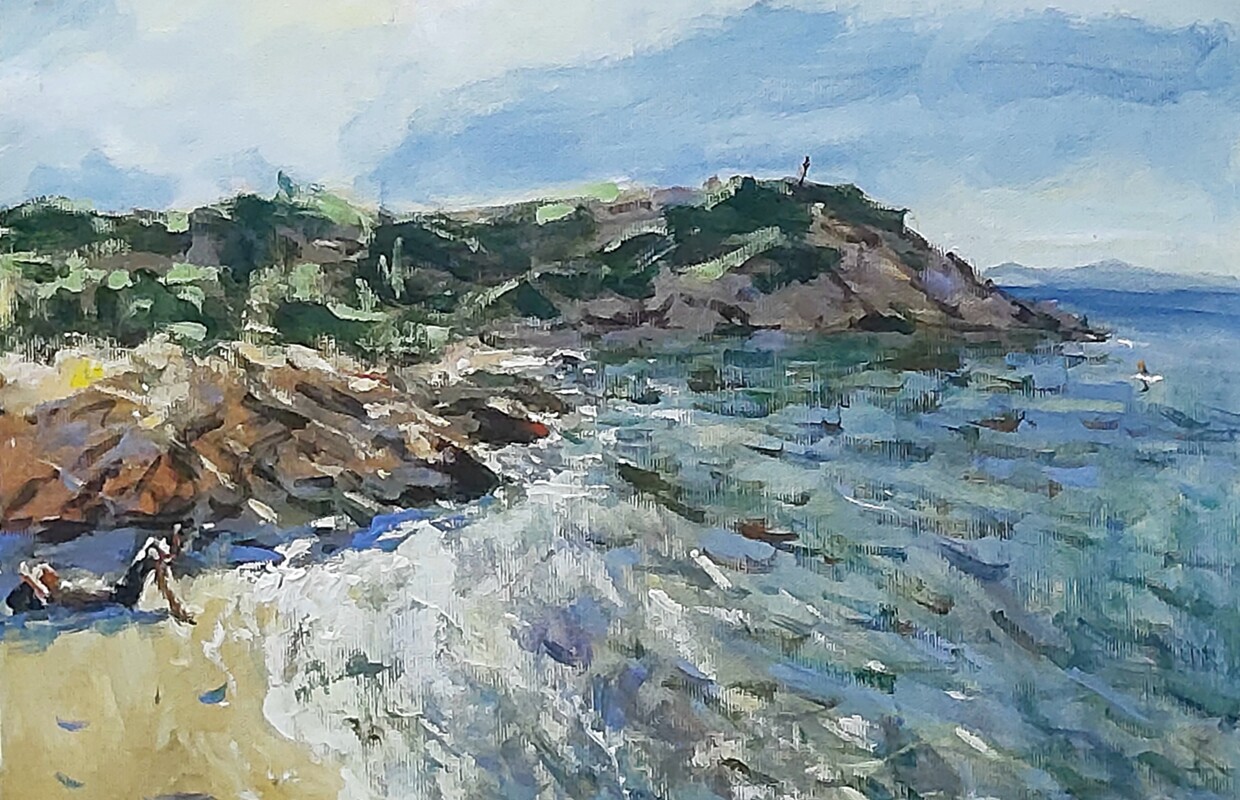
“I post, therefore I am”
Even as an epilogue to my conversation with Dimitris, it seems redundant to preach for the importance of digital literacy in self-promotion and professional advancement. Social media have long played a crucial role in all artistic fields. Trends, apps, algorithms come and go, but what remains is the need for connection, community-based positive reinforcement, and for the Foucauldian participation in cultural discourse. While the struggle between art as personal catharsis and art as emotional connection between artist and audience persists, another question, one of the dangers of the profit-driven character of the digital world, is raised.
In an environment that rewards little other than engagement and promotes different flavors of conformity, it is vital for the artist to know who they are, what they stand for, what (or who) their art exists for. When coming across high-production Instagram Reels, fun and snappy TikToks and aesthetically curated feeds attracting hundreds of thousands of followers, it is easy to feel discouraged and overwhelmed. Nonetheless, if there’s one take away from my conversation with a seasoned artist like Dimitris, it is that sharing your art is an integral part of your creative journey. Now more than ever, orchestrating self-promotion becomes part of the art itself. The Instagram feed becomes a canvas and the 10-second video is projected through a handheld stage. In the digital age, we are experiencing, with unmatched intensity, the surge of a new art form: the art of existing as an artist.
References
Foucault, M. (1977). What Is an Author? In Language, counter-memory, practice: selected essays and interviews. Cornell University Press. https://uva.alma.exlibrisgroup.com/leganto/readinglist/citation/17872207120005131/file/viewer
Marriott, T. (2021, Spring). Feeling fake. Society for Education and Training's journal (InTuition), (43), 33-35. https://issuu.com/redactive/docs/linked_intuition_spring_2021/33
Share the post:

